Key findings from ‘Black Out,’ The Post’s series on Black NFL coaches
“Black Out” is a series from The Washington Post examining why Black coaches continue to be denied head coaching positions in the NFL nearly 20 years after its implementation of the Rooney Rule, which is aimed at providing opportunities more equitably.
A cultural and financial powerhouse, the NFL has been under increased scrutiny since the offseason, when two Black head coaches were fired — briefly leaving the league with just one. One of those fired coaches, Brian Flores, later sued the league and its teams for discrimination.
Amid that scrutiny, The Post analyzed three decades’ worth of data on the hiring, performance, retention and professional networks of NFL head coaches. Post reporters also interviewed 16 of the 24 living Black men who have served as NFL head coaches, as well as former players, assistants, executives, agents and others.
The series will continue throughout the NFL season. Here are the key takeaways so far:
Black coaches continue to be underrepresented
In the NFL, 58 percent of players are Black and just a quarter are White. As recently as last decade, nearly 70 percent of the players were Black.
But just 11 percent of full-time head coaches since 1990 have been Black. During that time, 154 White men have served as an NFL head coach, compared with 20 Black men.
In each of the past four seasons, including this one, just three of the league’s 32 head coaches have been Black. And almost two decades after the Rooney Rule was implemented, 13 teams have never hired a Black full-time head coach.
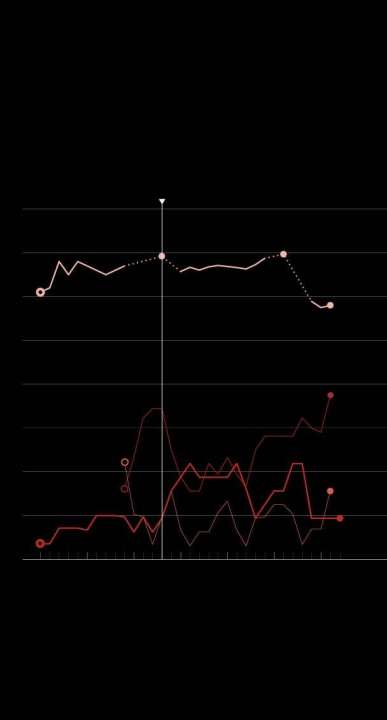
Black workforce, White bosses
The disparity in the percentage of NFL
players and head coaches who are Black remains stark.
The Rooney Rule
took effect in 2003.
No data
available
Defensive
coordinators
Offensive
coordinators
Head
coaches
Sources: TIDES (The Institute for Diversity and Ethics
in Sport), Global Sport Institute, Post reporting
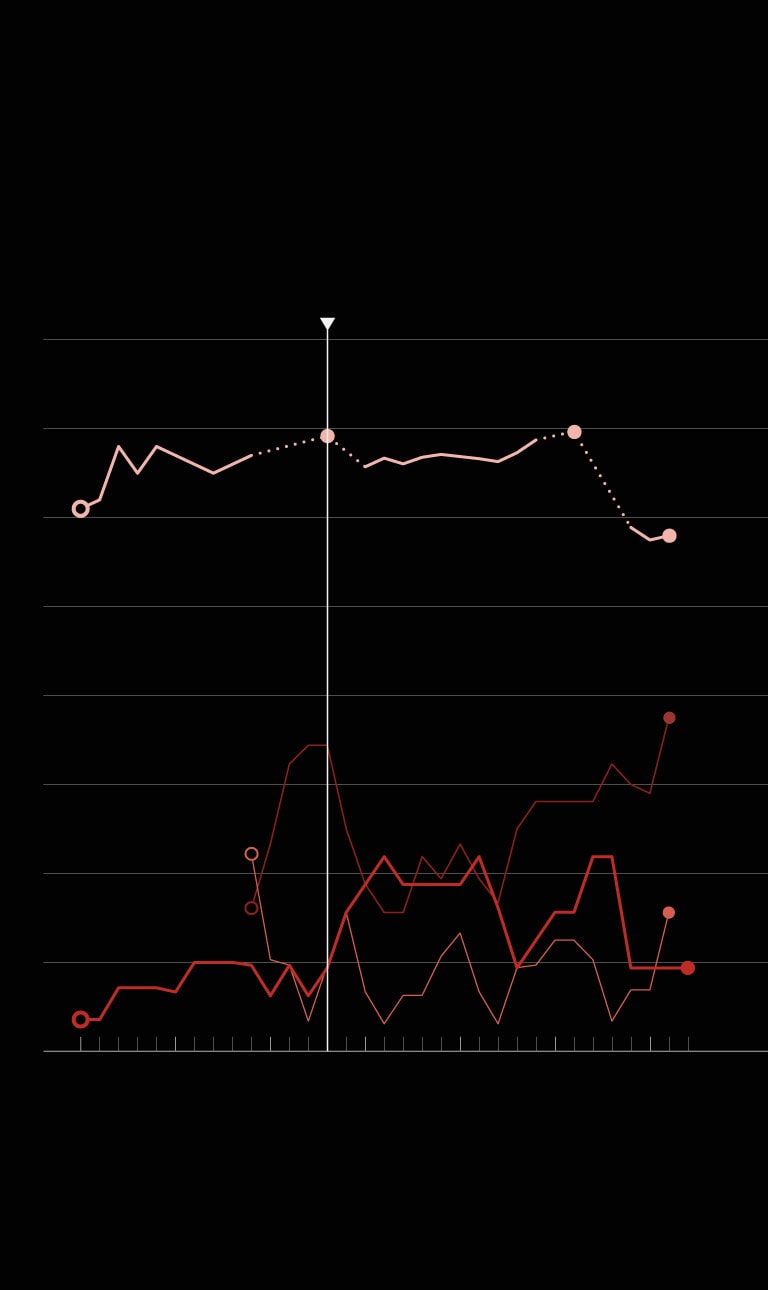
Black workforce, White bosses
The disparity in the percentage of NFL players
and head coaches who are Black remains stark.
The Rooney Rule
took effect in 2003.
No data
available
Defensive
coordinators
Offensive
coordinators
Head
coaches
Sources: TIDES (The Institute for Diversity and Ethics in Sport),
Global Sport Institute, Post reporting
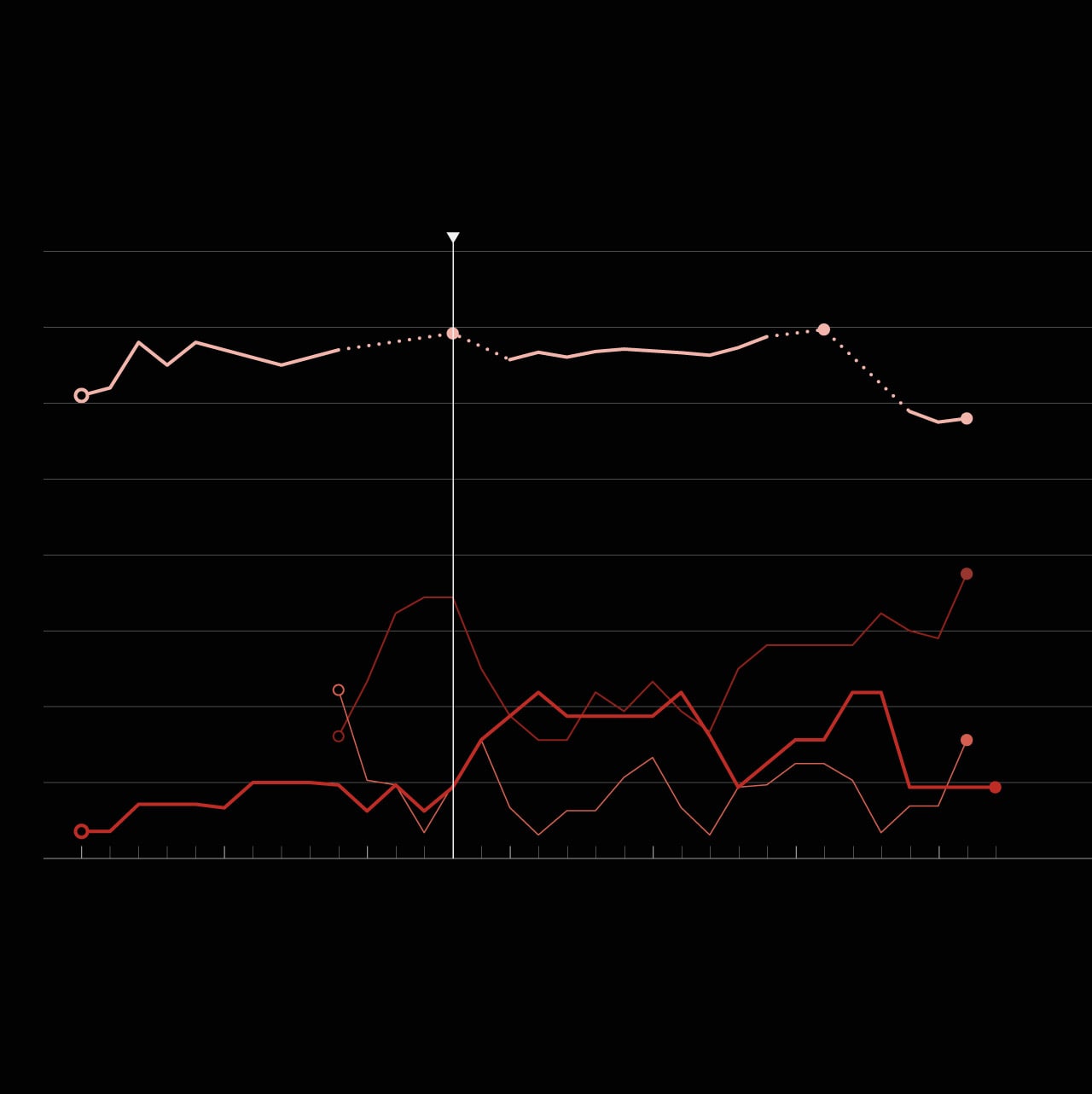
Black workforce, White bosses
The disparity in the percentage of NFL players and head coaches who are Black remains stark.
The Rooney Rule
took effect in 2003.
No data
available
Offensive
coordinators
Defensive
coordinators
Head
coaches
Sources: TIDES (The Institute for Diversity and Ethics in Sport), Global Sport Institute, Post reporting
If they get the job, they’re more likely to be fired
Since 1990, Black full-time head coaches have led teams to a .500 record or better in 78 regular seasons. In 9 percent of those instances, those coaches were fired afterward. In the same stretch, White coaches who met that benchmark were fired just 4 percent of the time.
Black coaches who have won at least six games in a season have been fired afterward 12 percent of the time, compared with 8 percent of White coaches. When they win at least nine games in a season, Black coaches are fired 8 percent of the time, compared with 2 percent of White coaches.
In other words, Black coaches who win at least nine regular season games have been fired just as often as White coaches who win at least six.
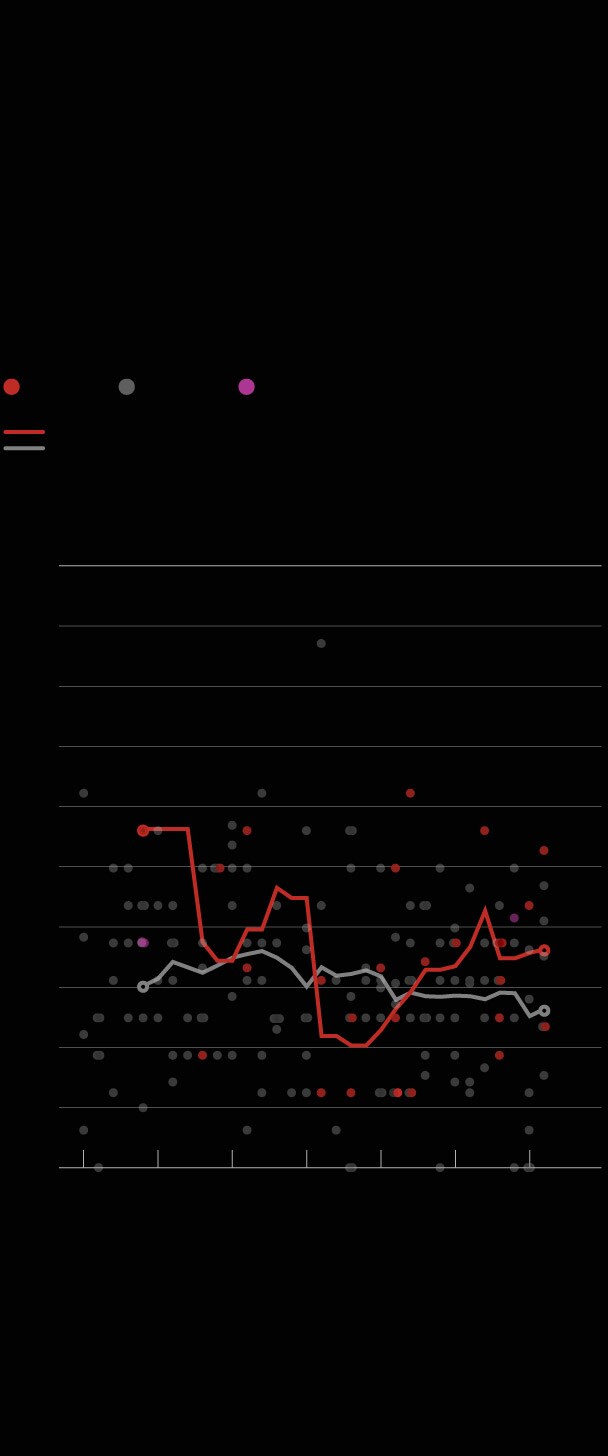
Winning isn’t everything
The winning percentage at which every fired NFL coach has been dismissed since 1990 shows Black coaches have, on average, been fired after better seasons than their White peers in recent years.
Other races
Five-year average
Winning
percentage
Marty
Schottenheimer
Lovie
Smith
Steve
Mariucci
Buddy
Ryan
Jim
Caldwell
Brian
Flores
Prior to 2010, fewer than one Black coach on
average was fired each year, which affects the
average trendline.
Sources: Post reporting, Sports Reference
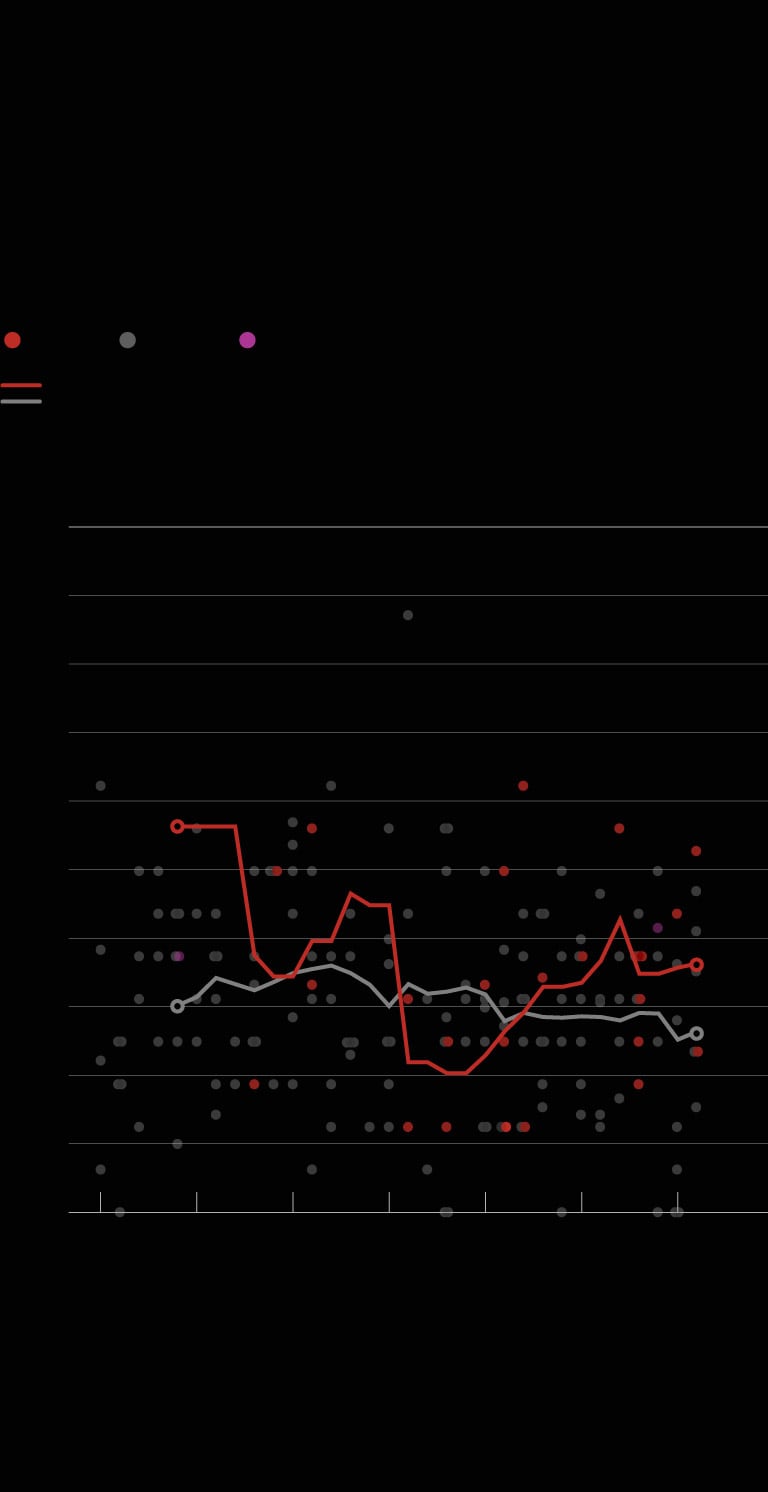
Winning isn’t everything
The winning percentage at which every fired NFL coach has been dismissed since 1990 shows Black coaches have, on average, been fired after better seasons than their White peers in recent years.
Other races
Five-year average
Winning
percentage
Marty
Schottenheimer
Lovie
Smith
Steve
Mariucci
Buddy
Ryan
Jim
Caldwell
Brian
Flores
Prior to 2010, fewer than one Black coach on average
was fired each year, which affects the average trendline.
Sources: Post reporting, Sports Reference
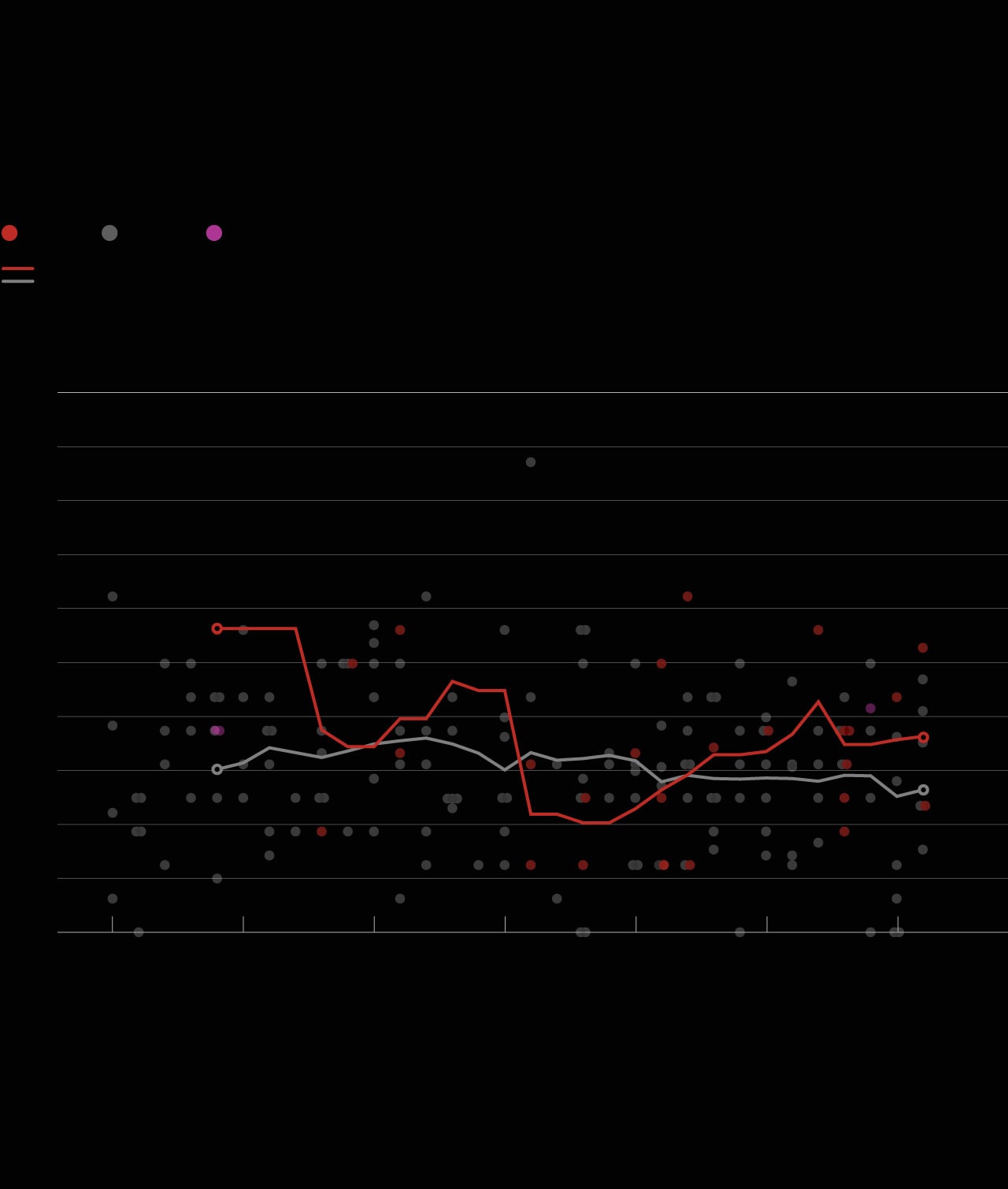
Winning isn’t everything
The winning percentage at which every fired NFL coach has been dismissed since 1990 shows Black coaches have, on average, been fired after better seasons than their White peers in recent years.
Other races
Five-year average
Winning
percentage
Marty
Schottenheimer
Lovie
Smith
Buddy
Ryan
Steve
Mariucci
Jim
Caldwell
Brian
Flores
Prior to 2010, fewer than one Black coach on average was fired each year, which affects
the average trendline.
Sources: Post reporting, Sports Reference
Black coaches face narrower paths to top jobs
Nearly half of Black coaches played in the NFL compared with a quarter of White ones, suggesting a prerequisite exists for some coaches that doesn’t for others.
Black Out
This football season, The Washington Post is examining the NFL’s decades-long failure to equitably promote Black coaches to top jobs, despite the multibillion-dollar league being fueled by Black players.
Black coaches then languish for nearly twice as long as assistants and position coaches before getting head coaching jobs, The Post found, spending much longer in the league’s middle levels of coaching. The Black men who became NFL head coaches in the past decade, on average, had spent more than nine years longer than their White counterparts in mid-level assistant jobs and three years fewer as coordinators.
The leaguewide push to hire young, offensive-minded coaches with experience coaching quarterbacks also has shut out Black coaches, who for decades largely were steered away from offensive coaching opportunities. Of the many coaches 40 or younger who have been hired in recent years, only one, Flores, was Black, and none was a Black offensive coach.
White coaches, meanwhile, spent more time in college roles. Since 1990, seven White coaches became first-time NFL head coaches without having coached in the league, a feat no Black coach can claim. Those seven coaches have gone a collective 161-205-1 (a .440 winning percentage).
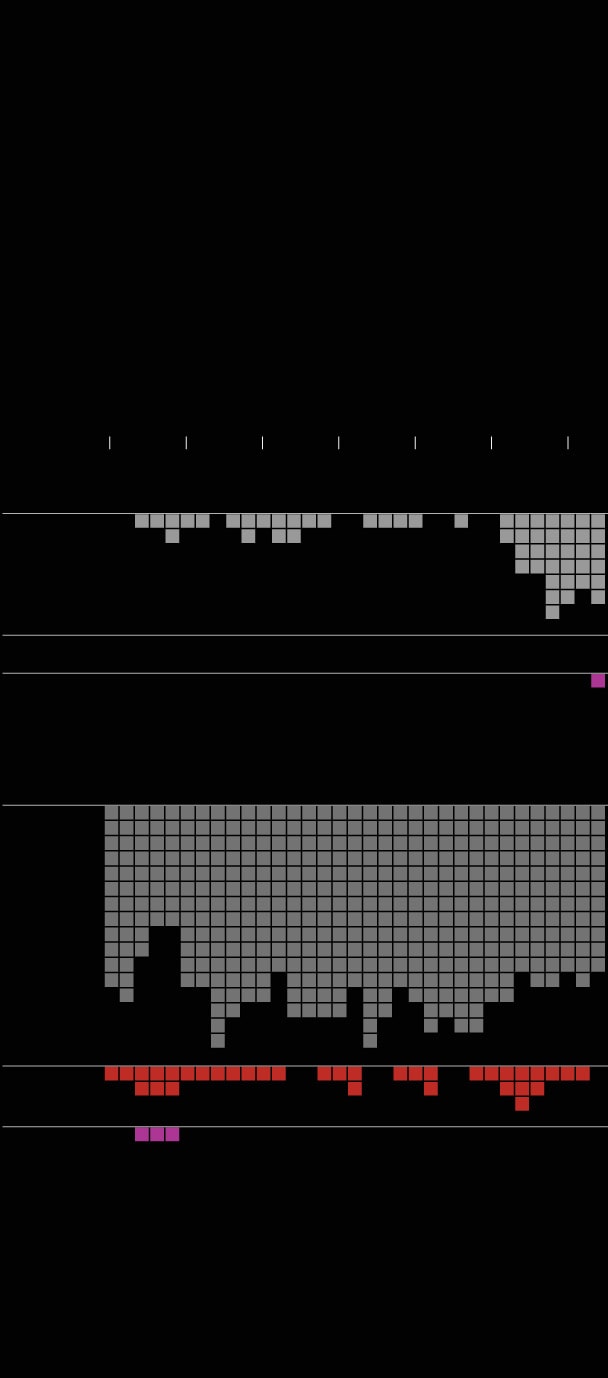
The league’s movement toward young, offensive coaches leaves Black coaches behind
NFL head coaches with experience on offense are overwhelmingly White overall, but the difference is even more stark for those age 40 and younger.
40 and younger
Other races
Other
races
Categories determined based on a coach’s age as
of Jan. 1 each year.
Sources: Post reporting, Sports Reference
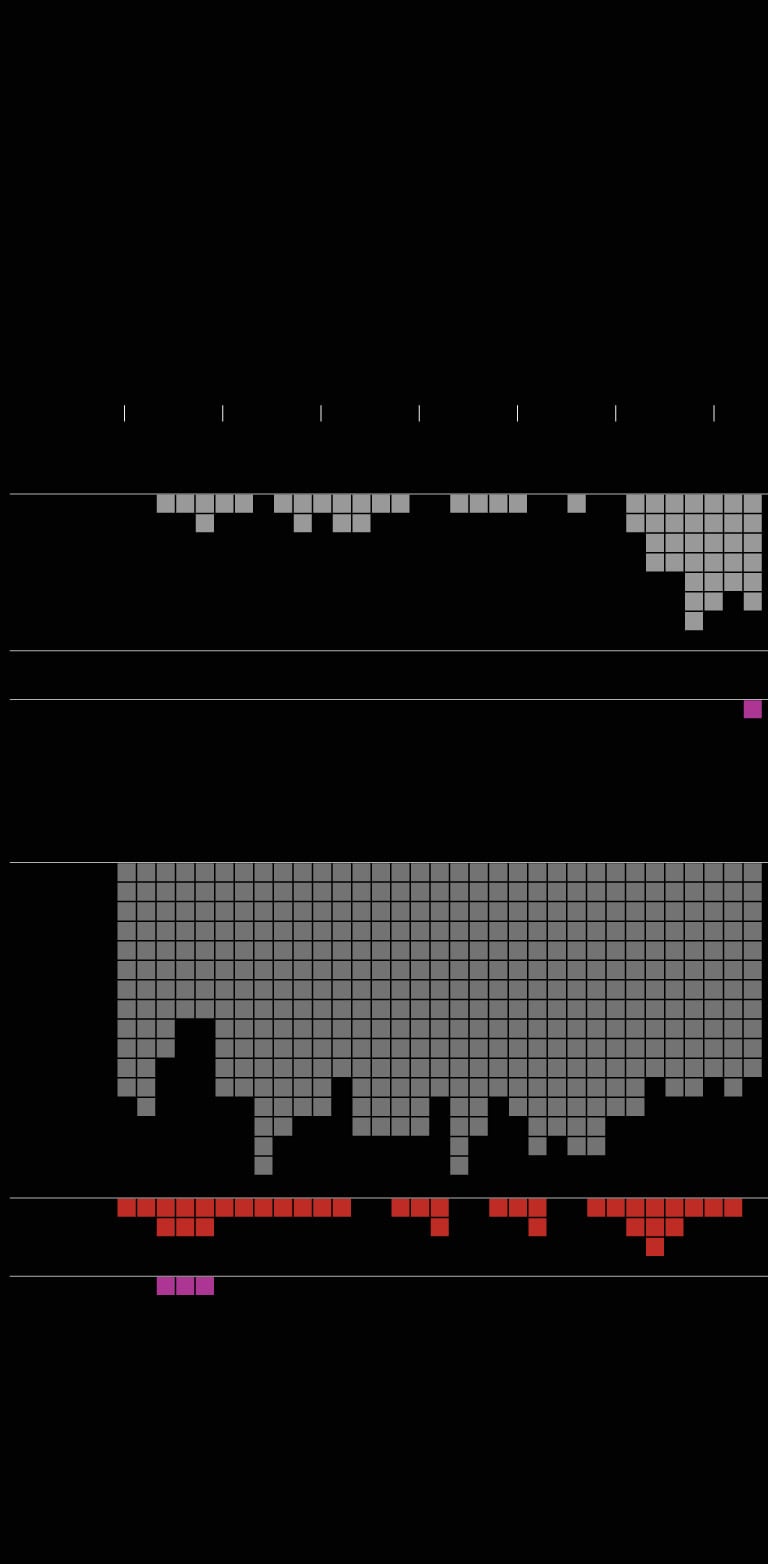
The league’s movement toward young, offensive coaches leaves Black coaches behind
NFL head coaches with experience on offense are overwhelmingly White overall, but the difference is even more stark for those age 40 and younger.
40 and younger
Other races
Other
races
Categories determined based on a coach’s age as
of Jan. 1 each year.
Sources: Post reporting, Sports Reference
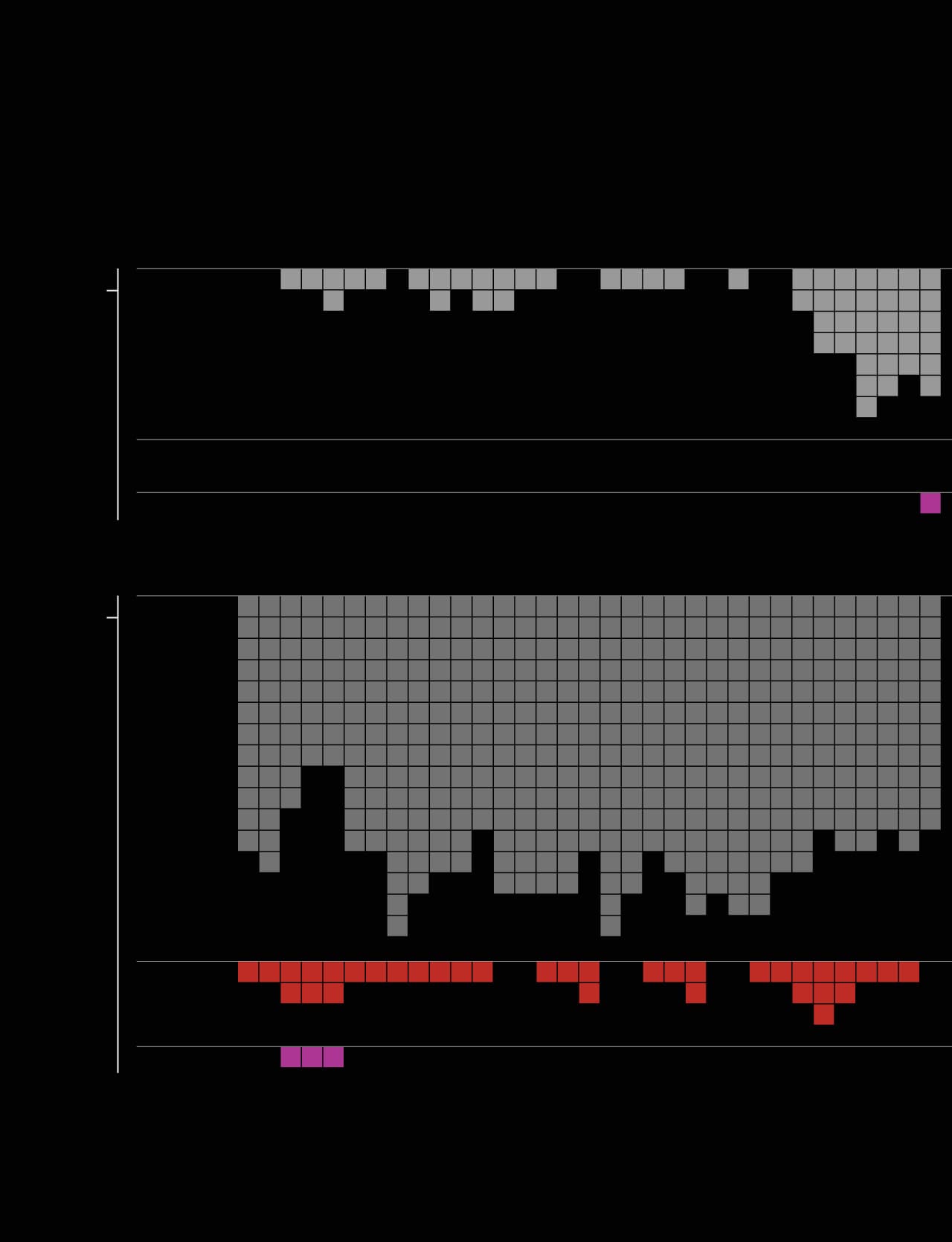
The league’s movement toward young, offensive coaches leaves Black coaches behind
NFL head coaches with experience on offense are overwhelmingly White overall, but the difference is even more stark for those age 40 and younger.
40 and
younger
Other races
Other races
Categories determined based on a coach’s age as of Jan. 1 each year.
Sources: Post reporting, Sports Reference
The Rooney Rule is failing to overcome team owners’ biases
In interviews with The Post, current and former coaches described the Rooney Rule’s ability to land them interviews — and its inability to overcome team owners’ biases.
Several Black coaches, including Hall of Famer Tony Dungy, described interviews in which they were tacitly told they had no chance. Racist comments were kept to themselves, coaches said, amid concerns about being labeled as difficult.
“There’s a culture of forced silence,” Dungy said, “because if you want another opportunity, you just can’t go out and say, ‘That interview that I got was a sham,’ or, ‘I didn’t get a fair deal.’ It’ll be held against you.”
Black coaches get relegated to stopgap roles
Black coaches are much more likely to be tapped as interim coaches than for full-time roles, indicating a willingness by owners to entrust their teams to Black leaders only when success is out of reach. Black coaches have held 13 percent of full-time head coaching jobs since 1990 — and 29 percent of the interim stints. While 5 percent of White NFL head coaches only served as interims, 20 percent of all Black NFL head coaches fell into that category.
Serving as an interim coach can be a path to a full-time job — but it’s a rockier road for Black coaches. Black coaches have held interim roles 14 times since 1990, and they were retained on a permanent basis just three times. All three — Romeo Crennel with the Kansas City Chiefs, Leslie Frazier with the Minnesota Vikings and Mike Singletary with the San Francisco 49ers — posted at least a .500 record during their interim stints. For White coaches, full-time job offers have had no correlation with their records as interim coaches, The Post found.






